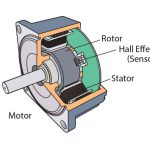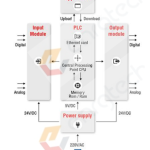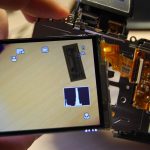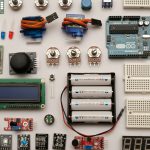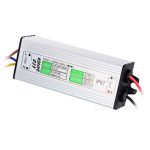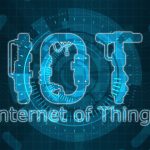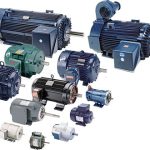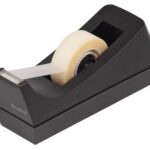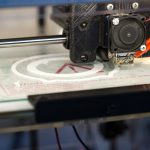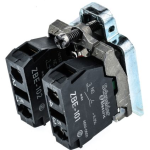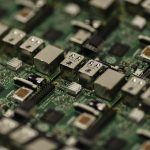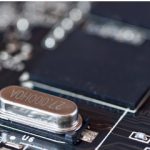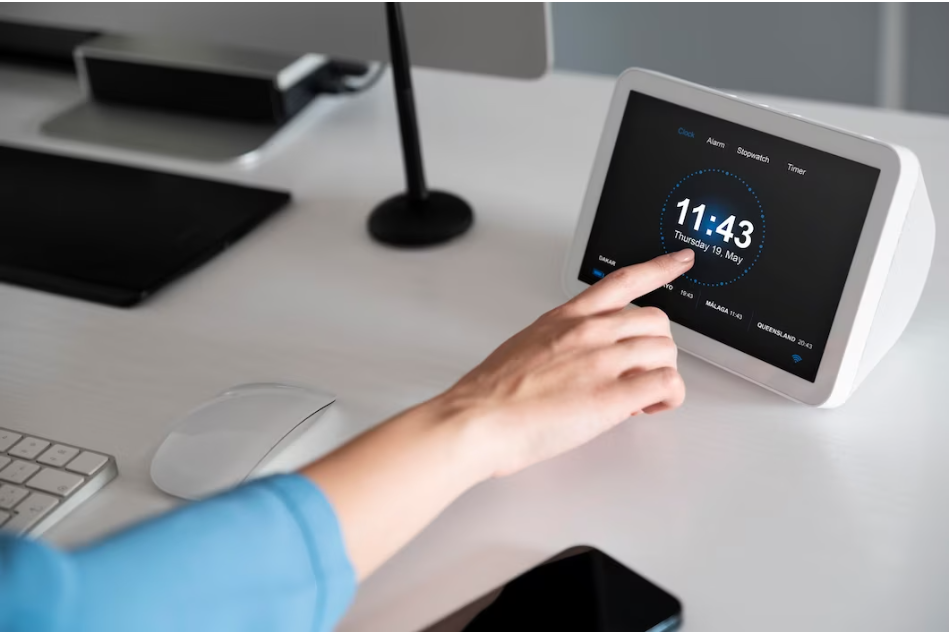
IoT (Internet of Things) is a rapidly expanding industry that has led to an increase in internet-connected devices. The popularity of IoT devices has also led to an increased demand for low-power IoT edge device modules and development kits to consume minimal power while still providing the necessary functionality. This article highlights the importance, essential factors, and their role in designing low-power IoT edge device modules and development kits.
Low Power IoT Edge Device Module: Typical Applications and Benefits
A Low Power IoT Edge Device Module is a compact and energy-efficient computing device performing various functions at the edge of the Internet of Things (IoT) network. They gather and process data from sensors and other IoT devices and send it to the cloud or other remote systems for further analysis and processing. Moreover, these devices operate on low power consumption, allowing them to get power from batteries or small solar panels for extended periods. They typically use low-power processors and wireless communication technologies. Such as Wi-Fi, Bluetooth, Zigbee, or LoraWAN, to connect to other IoT devices and networks.
Some of the typical applications of Low Power IoT Edge Device Modules include:
- Environmental Monitoring
- Smart Home Automation
- Industrial Automation and
- Asset Tracking.
By processing data locally at the network’s edge, bespoke devices help reduce latency and network traffic, improve security and privacy, and enable real-time decision-making.
IoT Dev Kits: Benefits and Uses
IoT Dev Kits (Internet of Things Development Kits) are hardware and software platforms designed to assist developers in prototype, building, and testing IoT applications. They typically include a variety of hardware components, such as sensors, actuators, communication modules, and microcontrollers, as well as software tools.
Dev kits can create products such as IoT devices, mobile apps, video games, and more. They are typically flexible, modular, and easy to use, allowing developers to focus on creating their applications rather than worrying about the underlying hardware or software. Some popular IoT Dev Kits include the Arduino, Raspberry Pi, ESP32, and Particle, among many others.
Designing Low Power IoT Edge Device Module and Dev Kits: The Importance
Designing a low-power IoT edge device module and development kit refers to creating a hardware and software solution used to build energy-efficient devices. That can collect data from sensors, process it locally, and transmit it to a cloud-based service.
The overall goal of designing a low-power IoT is to create a solution that is easy to use, cost-effective, and energy-efficient. By providing developers with the necessary tools and components. They can quickly prototype and develop new IoT edge devices that can be deployed in a variety of applications.
Essential Selection Factors When Designing Low-Power IoT Edge Device Module and Dev Kits:
Designing a low-power IoT edge device module and development kit requires careful consideration of several factors, including power consumption, processing power, memory, connectivity, and cost, discussed below:
Power Consumption
Power consumption is one of the primary and crucial factors when designing low-power IoT edge device modules and development kits. These devices must consume as little power as possible for extended battery life and reduce the system’s overall power requirements. These requirements can be achieved in several ways. For instance, the best way is to use low-power components. Such as microcontrollers, sensors, and radios, that consume minimal power yet provide the necessary functionality.
Processing Power and Memory
Low-power IoT edge device modules and development kits require enough processing power and memory to perform the necessary tasks. However, these devices’ processing power and memory requirements are typically lower than those of high-power devices.
Developers can use specialised microcontrollers designed for low-power applications to reduce processing power and memory requirements. These microcontrollers have lower clock speeds and less memory than their high-power counterparts but consume less power.
Another way to reduce processing power and memory requirements is to optimize the software running on the device by using efficient algorithms, minimizing the calculations’ number, and reducing the amount of data to be processed.
Connectivity
IoT devices should be able to communicate with other devices as well as the cloud. However, communication can be a significant source of power consumption. Therefore, choosing suitable connectivity options for low-power IoT edge device modules and development kits is essential.
Bluetooth Low Energy (BLE) and Zigbee are popular connectivity options for low-power IoT devices. These protocols consume minimal power up to 100 meters making them ideal for applications requiring low data rates and periodic communication.
Another connectivity option for low-power IoT devices is LoRaWAN. This protocol is designed for long-range communication with data transmission over several kilometers. Unlike BLE and Zigbee, LoRaWAN suits applications requiring infrequent communication.
Cost
The device’s cost is also crucial when designing low-power IoT edge device modules and development kits. These devices need to be affordable to be widely adopted by consumers and businesses. To reduce the device cost, developers can use low-cost components and optimize the design for manufacturing. They can also use open-source software to reduce software development costs.
The Bottom Lines:
Designing low-power IoT edge device modules and development kits requires careful consideration of several factors for creating energy-efficient, cost-effective, and scalable solutions. That easily integrate into a variety of IoT applications, such as smart homes, smart cities, and industrial automation.






